.
23.07.2016

.
Wir berichteten schon vor drei Jahren über das kleine aber feine Raumfahrtunternehmen Cobenhagen Suborbitals in Dänemark ( http://www.hjkc.de/_blog/2012/07/28/raumfahrt---erfolgreicher-start-von-daenemark-smaragd-1-rakete/), welches sich nun durch geplanten Raketenstart am 23.Juli 2016 auf sich aufmerksam macht:
-

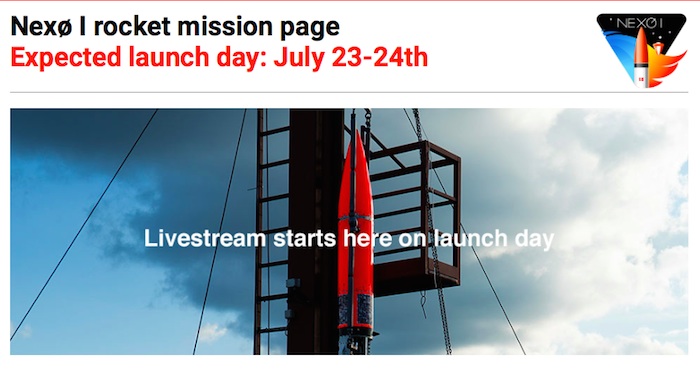
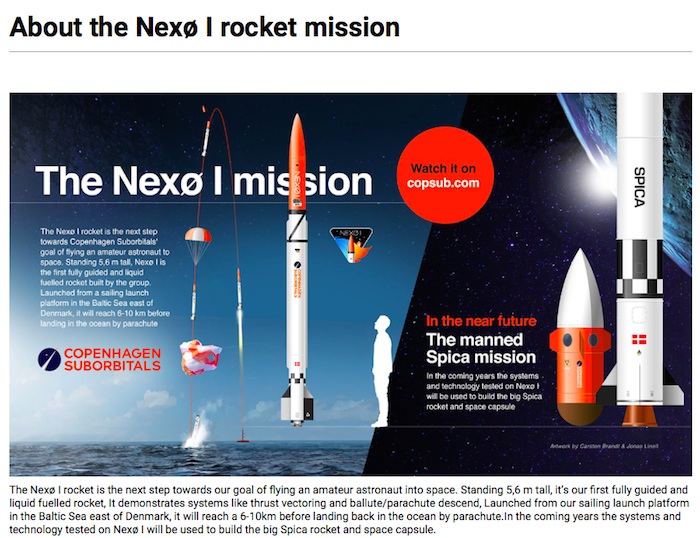
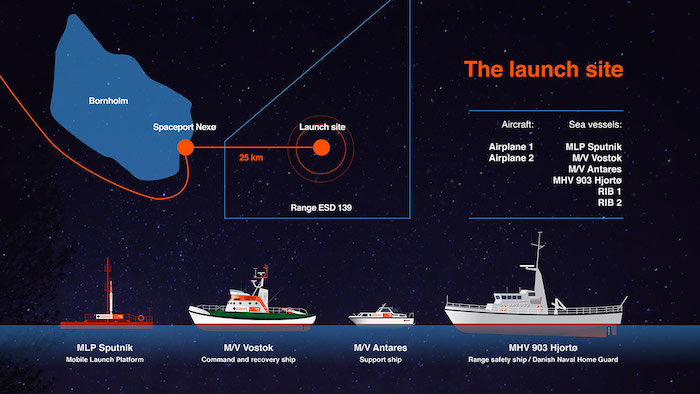
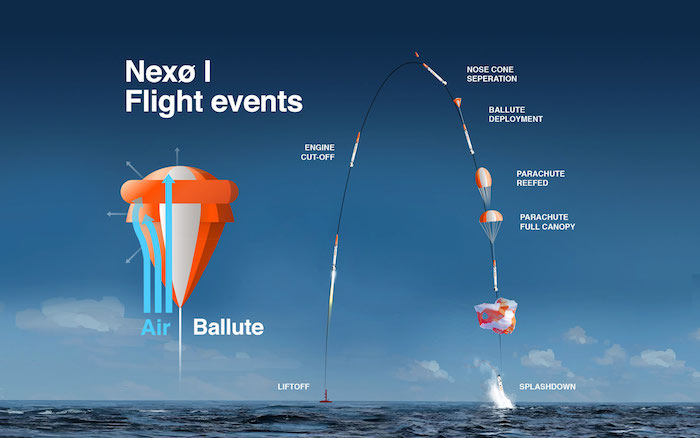
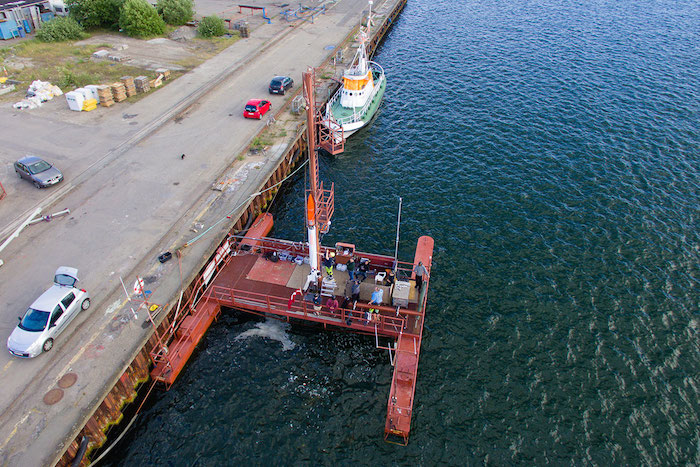

About
We are working towards launching a human being into space, and bringing him safely back to earth.
Copenhagen Suborbitals is a non-profit, amateur based space endeavour, funded entirely by private sponsors and donors. We build suborbital space vehicles – designed to pave the way for manned space flight on a micro size spacecraft, and on a micro size budget.
The main goal is to launch a manned space vehicle into a suborbital trajectory, reaching a peak altitude beyond the Kármán line 100 km above the surface of Earth, and subsequently landing the spacecraft safely. To fulfil this mission, we design and construct a series of launch vehicles and spacecrafts, as well as the necessary infrastructure to launch, operate and recover the equipment.
The project has a 100% peaceful purpose, and is not in any way involved in carrying explosive, nuclear, biological or chemical payloads.
The entire project is open source, and within the laws of EU-export control, we intend to share all our technical information.
Copenhagen Suborbitals was founded by Peter Madsen and Kristian von Bengtson, and is staffed only by volunteer part time specialists.
Why we do it
We aim to prove that human spaceflight – by many considered the most difficult technology to master – can be different from the usual expensive and governmental controlled projects.
We hope to inspire people to do what may seem impossible – and we do it because it’s great fun!
How we do it
Copenhagen Suborbitals is staffed entirely by volunteers, a few working fulltime, but most working on the project after normal working hours. We are based on premises at a closed shipyard near Copenhagen, where we occupy our workshop HAB2, Horizontal Assembly Building 2.
The areas around our facility provides us with enough space to test our rocket engines, and the location close to the harbour give us easy access to our fleet of support vehicles for our sea launch campaigns.
-
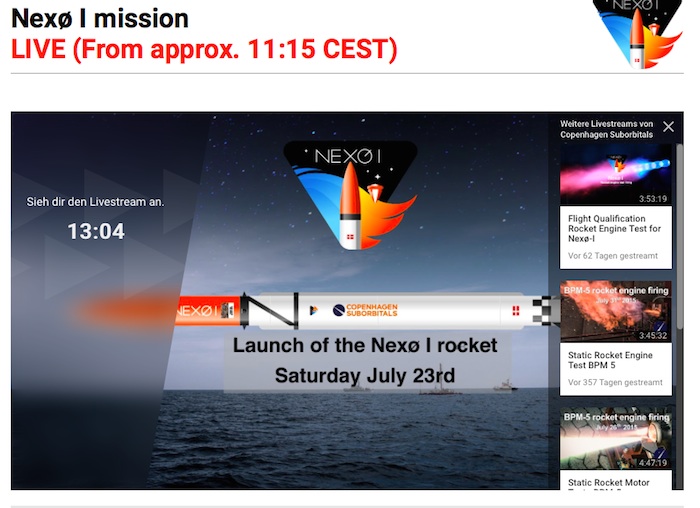
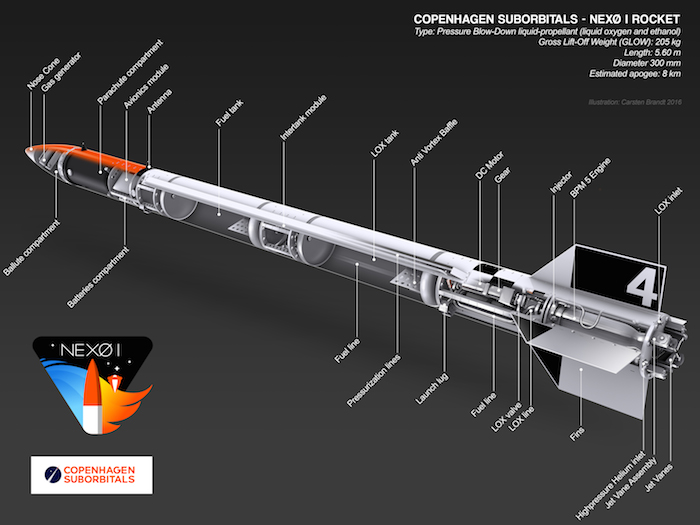
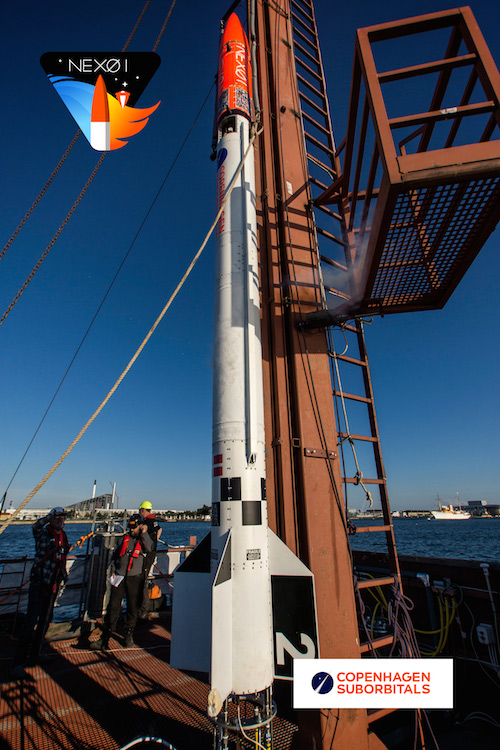
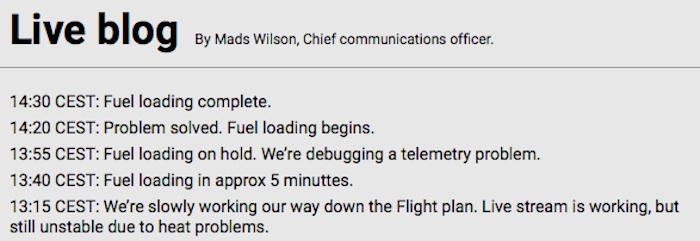
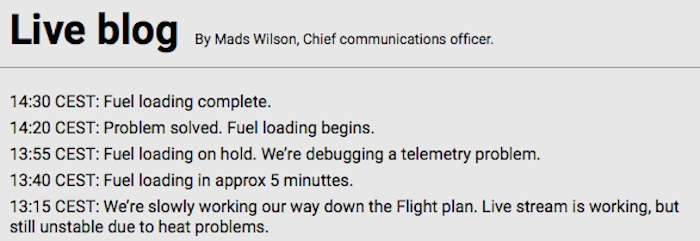
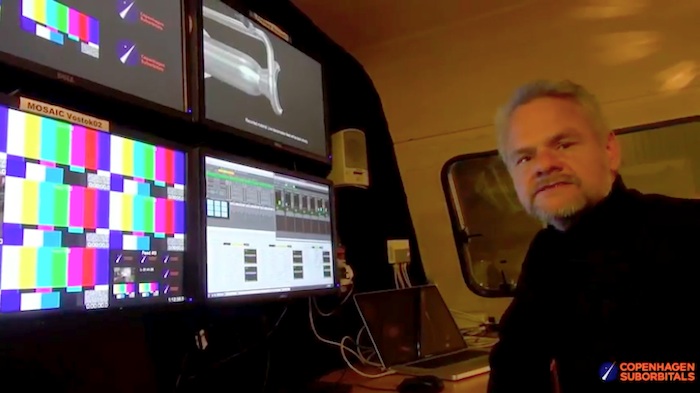


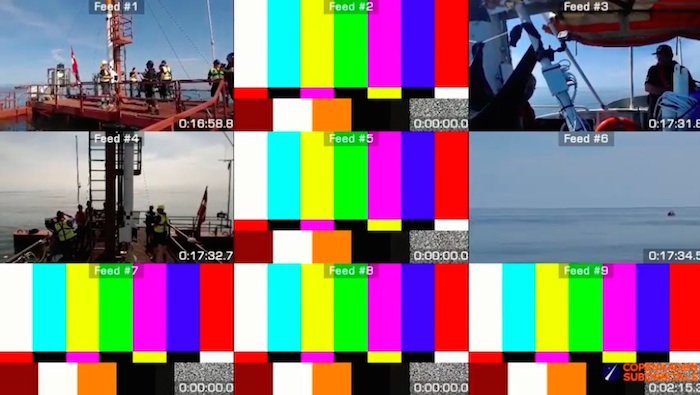
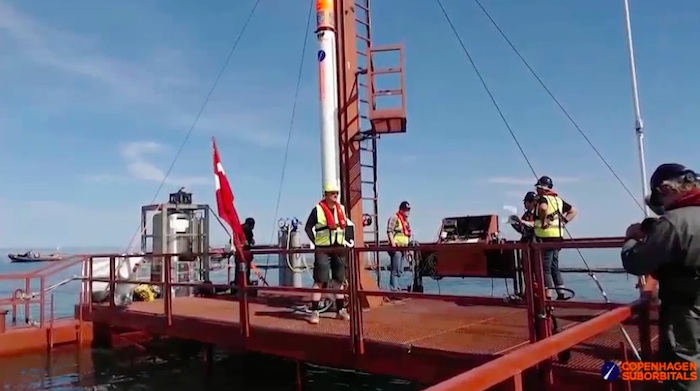
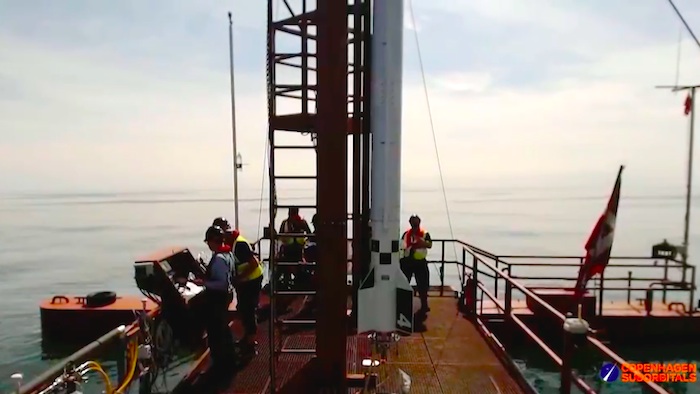
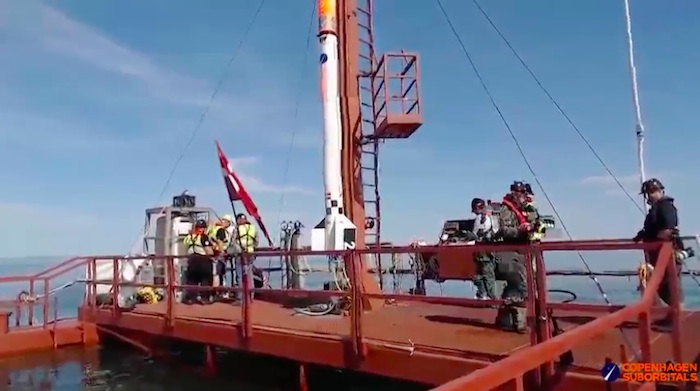
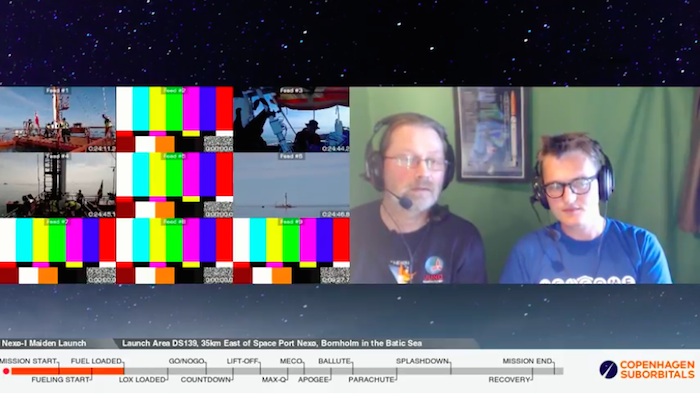
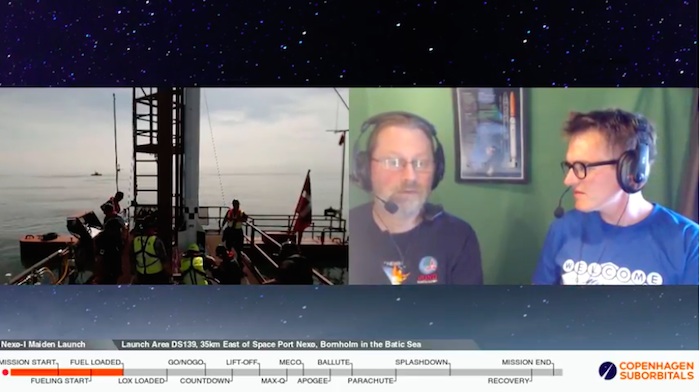
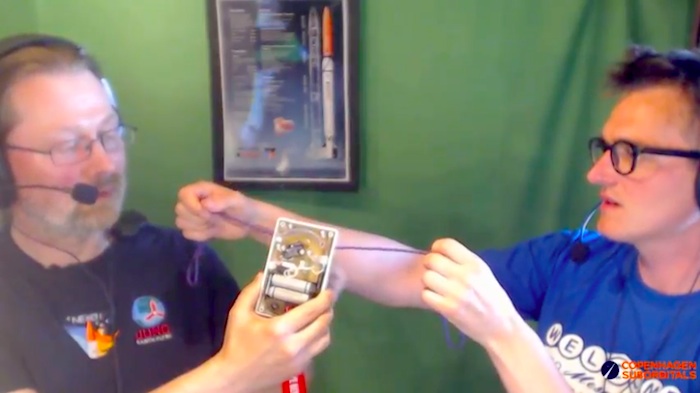
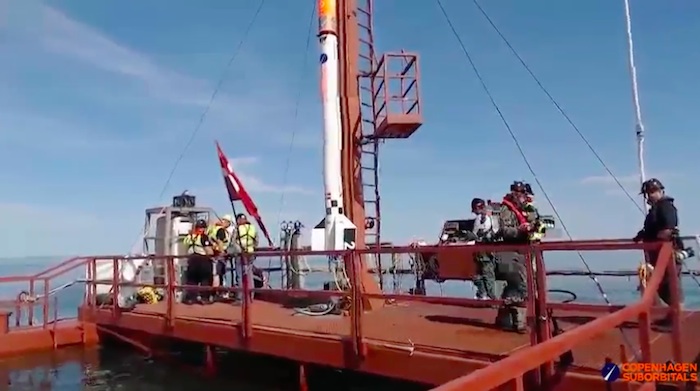
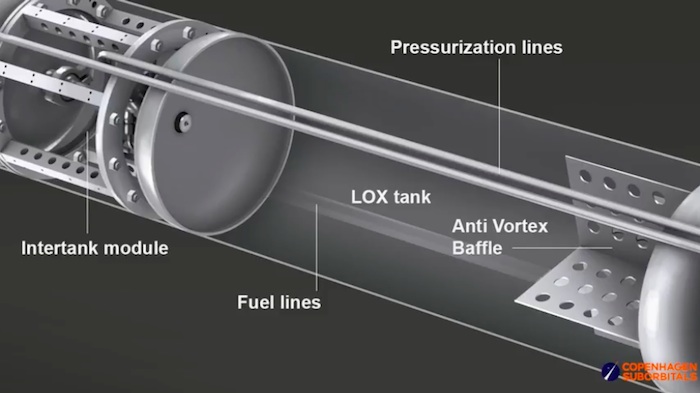
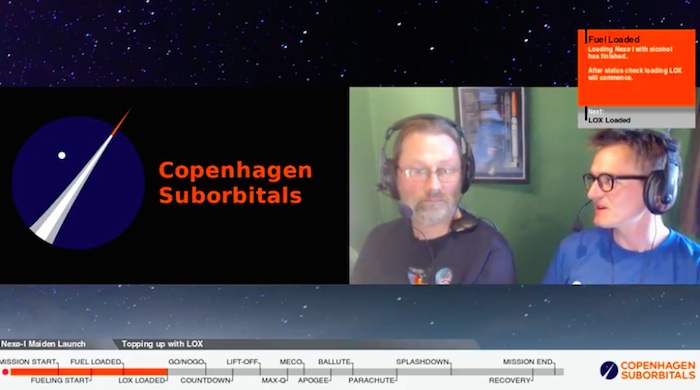
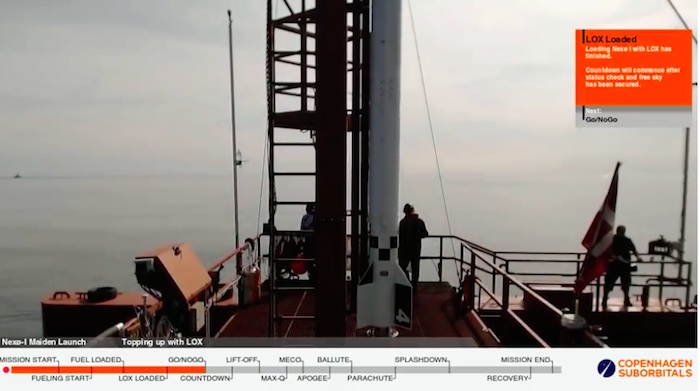
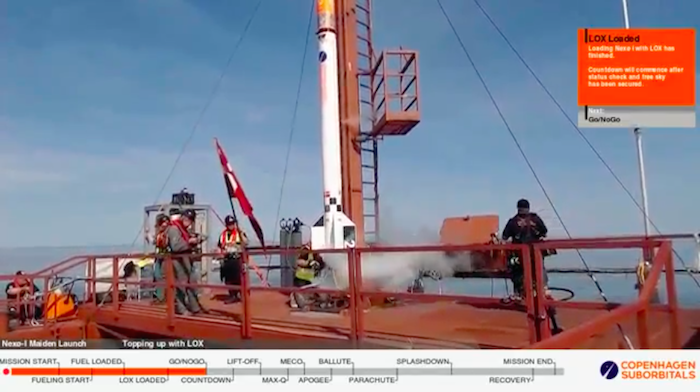

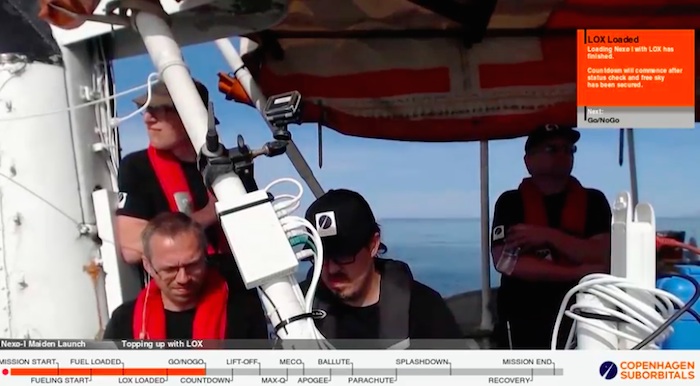


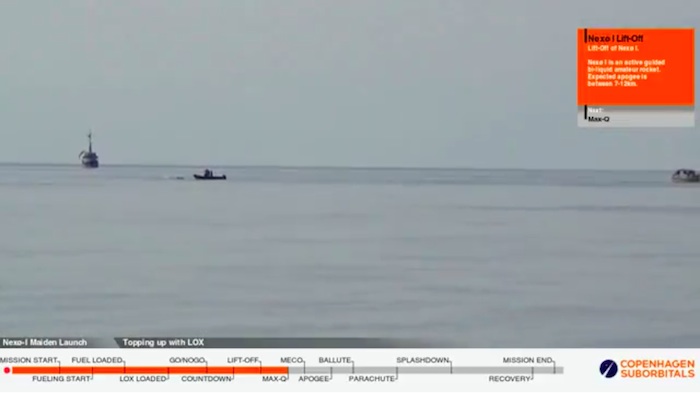

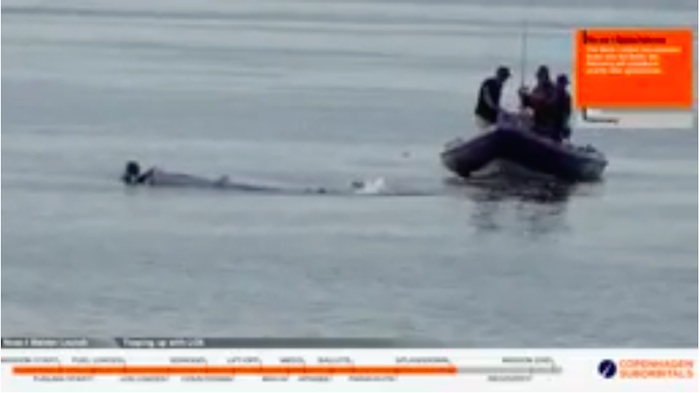
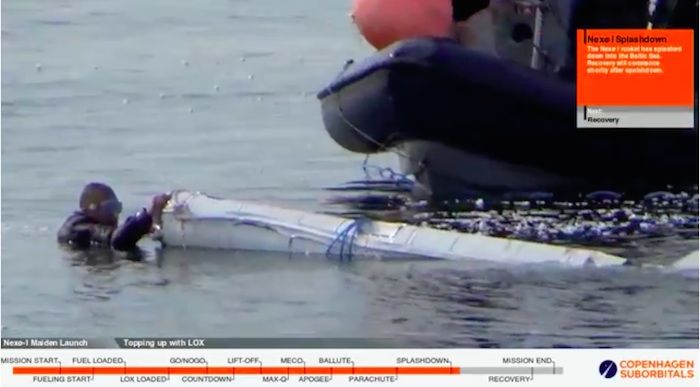
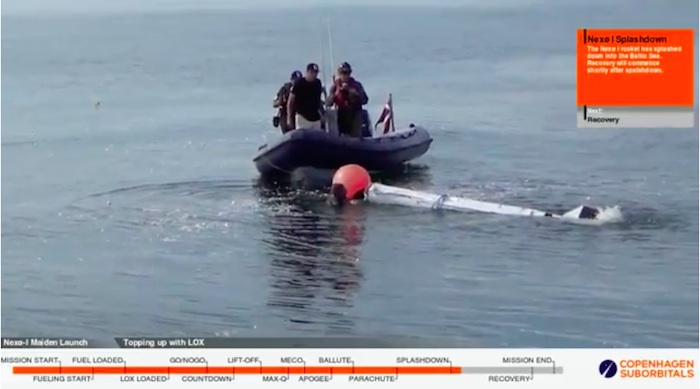
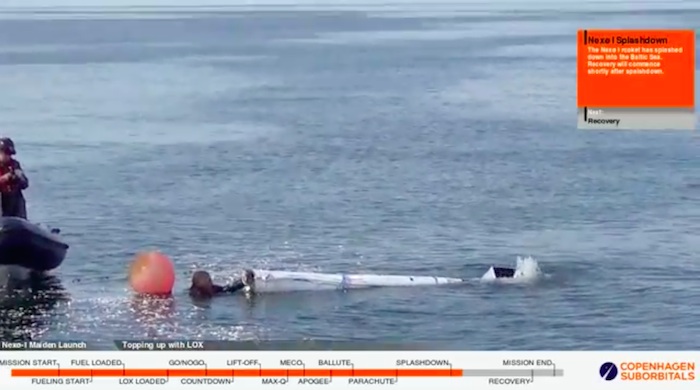

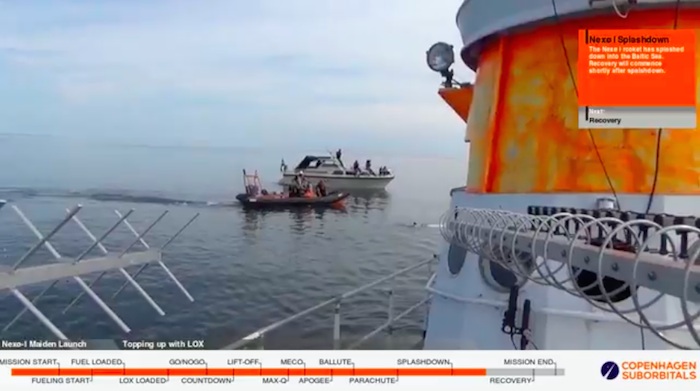
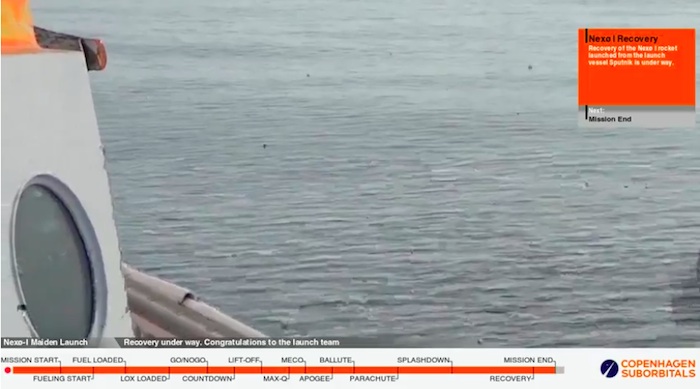
Quelle: COPENHAGEN SUBORBITALS
-
Update: 26.07.2016
.
Preliminary impressions from Nexø I flight event.
NIELS FOLDAGER
We have not yet had opportunity to examine data, parts or footage.
A tentative speculation on root cause would be simple LOX overload. In other words a problem with measuring the correct amount of LOX in the tank, which we have encountered previously, and worked on solving via several methods. We will look into this.
Too much LOX will result in a too small gas pocket in the tank – which equals too little gas propellant energy and a premature loss of tank pressure in the LOX tank, again resulting in an increasing O/F-ratio mismatch. The engine subsequently extinguished.
The GNC didn’t detect acceleration below minimum, as this detection was removed from the algorithm prior to the mission, based on the fact that the acceleration, through the use of pressure blow-down at relatively low altitude, would be very low before the occurrence of MECO.
The GNC instead used the chamber pressure. This was low at an unusually early time. The GNC treated this as a sensor failure, and instead an estimated pressure, based on a table generated from earlier tests, was used.
Thus the GNC didn’t signal the deployment of the parachute, as it was under the (false) impression that the engine was still operating as expected.
Quelle: COPENHAGEN SUBORBITALS
5176 Views
